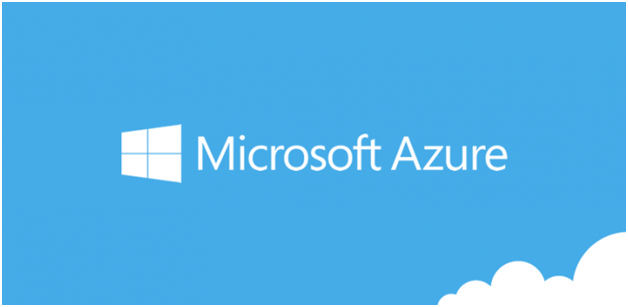
Enhancing Website Performance: Effective Graphics Optimization Strategies
Optimizing website graphics is a crucial aspect of web development, especially as we step into 2024, where website performance and user experience are paramount. The primary goal is to reduce image file sizes without compromising on their quality, ensuring swift loading times and an engaging user experience. This process is particularly significant in an era where mobile browsing and fast internet access are the norms.
When considering the optimization of images, the selection of the right format—JPEG, PNG, or GIF—is vital, depending on the nature of the image. JPEGs are typically used for photographs, while PNGs are better suited for graphics with transparency and GIFs for simple animations. Understanding these formats helps in applying the most effective optimization techniques.
Key Steps for Image Optimization:
1. Choosing the Right Image Format:
JPEG is ideal for photos and realistic images. PNGs are perfect for graphics with sharp edges, transparency, or smaller color palettes. GIFs are best for simple animations and small icons.
2. Adjusting Image Resolution and Size:
Before optimization, it's important to resize and adjust the resolution of your images. This helps in maintaining a balance between quality and file size.
3. Optimizing JPEGs with Photoshop’s 'Save for Web' Feature:
This tool allows you to adjust the quality and size of JPEG images, making them web-ready while maintaining a high standard of visual quality.
4. Optimizing GIF and PNG Files:
Similarly, use Photoshop’s 'Save for Web' tool for GIFs and PNGs, which offers options to reduce colors and apply dithering, significantly cutting down file sizes.
5. Considerations for Web Graphics:
- Cumulative Download Time: Be mindful of the total download time of all graphics on a webpage. Even if individual images are optimized, the collective load time can still be significant.
- Audience Accessibility: Remember that not all users have high-speed internet. Images should be optimized to cater to a range of internet speeds, including users on mobile data or slower connections.
6. File Size Guidelines:
Aim to keep individual images below 150KB for optimal performance, especially if targeting users with slower internet connections.
7. Creating and Optimizing Images with Adobe Photoshop:
- Use Photoshop's 'Save for Web' feature to fine-tune your images for online use.
- Adjust the resolution and resize your images before the final optimization step.
- Experiment with different settings to find the ideal balance between image quality and file size.
In conclusion, efficient graphics optimization is key to enhancing website performance and user experience. As web development continues to evolve in 2024, mastering these optimization techniques becomes increasingly important. By following these guidelines and using tools like Adobe Photoshop effectively, you can ensure that your website graphics are both visually appealing and performant.







Our Services